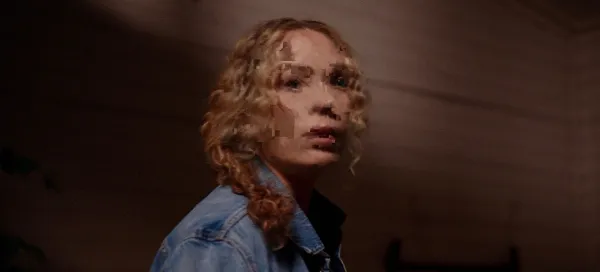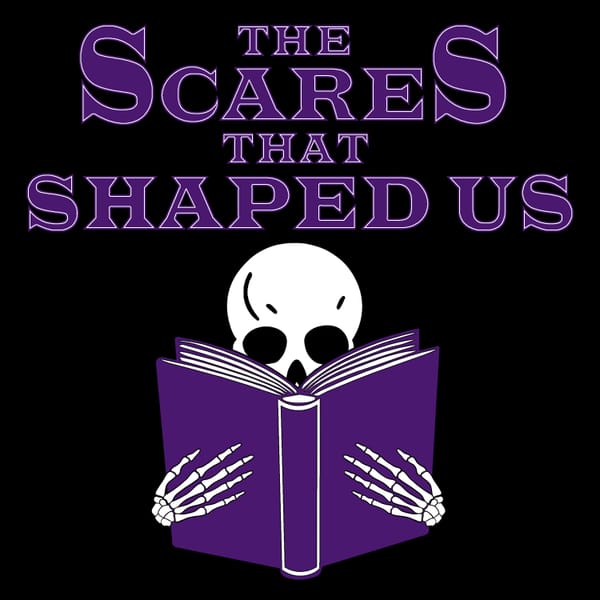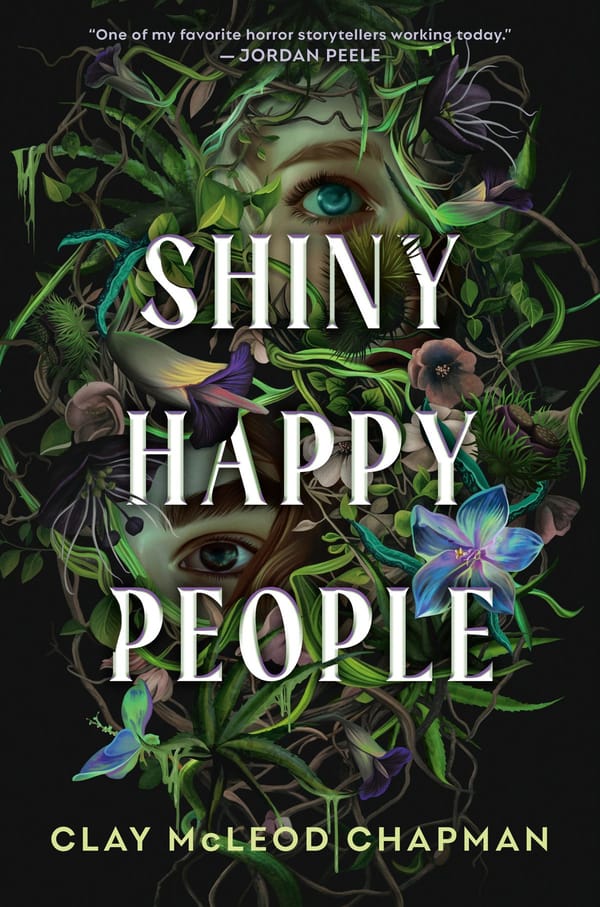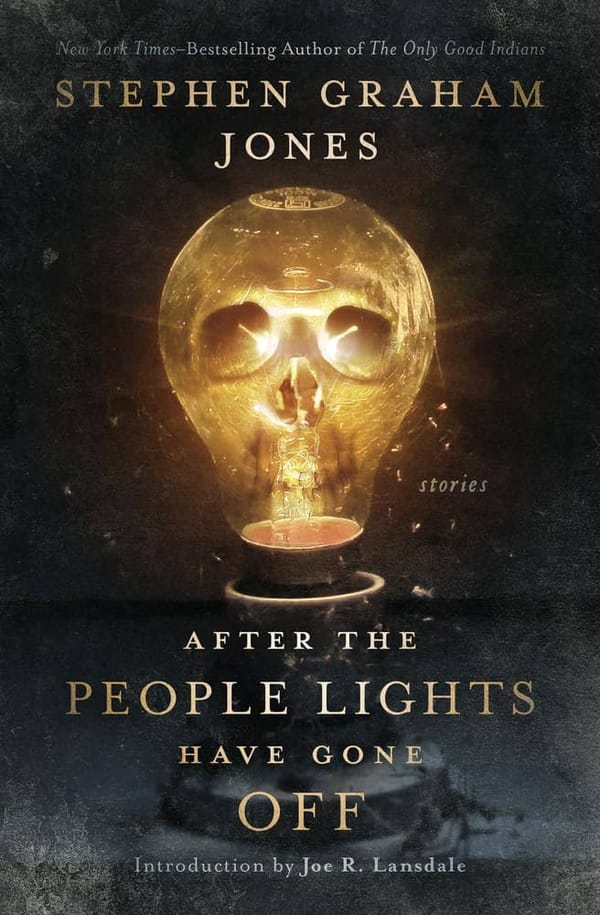Tracing The Shape 12: The Boogeyman Is Outside
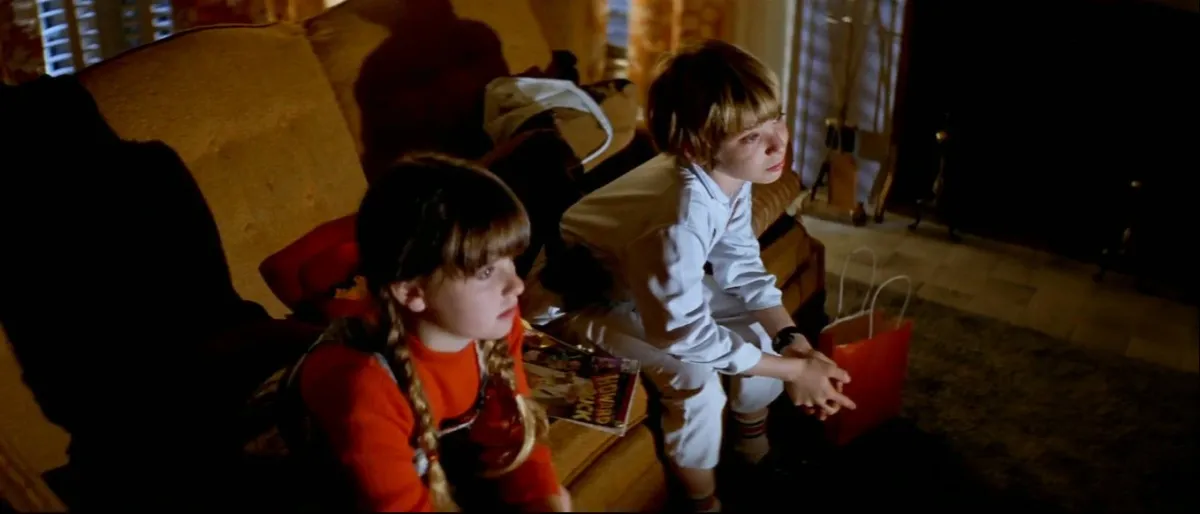
There's a moment just before Annie Brackett is murdered inside her car at the Wallace house that speaks to a certain thematic undercurrent running throughout Halloween. Annie, clad only in a men's dress shirt, socks, shoes, and underwear, blanket wrapped around her shoulders, takes Lindsey Wallace across the street to the Doyle house to drop her off. She spends just a moment catching up with Laurie, who's in the middle of scooping the guts out of a pumpkin.
It's a brief scene, and there's an even briefer shot of the two girls standing side-by-side, creating a juxtaposition worth studying for a moment. You have Annie in her underwear, ready to drive off and hook up with her boyfriend, and you have Laurie not just staying with the kids, but clad in a frilly kitchen apron, sleeves rolled up, dish towel on her shoulder. Laurie has, for the purposes of this film where most of the real adults are absent, assumed the role of caretaker, of mother, not just to the kids but to her friends.
It's an important moment for underlining what Laurie will be forced to become later in the film, but it's also a great illustration of the way Halloween portrays white American middle class placidity, or the illusion of it, in the 1970s. Annie can go have her fun, and Laurie can play Mommy to everyone, because they are somewhere safe, somewhere carefully manicured to be a training ground for middle class kids to become proper middle class adults. One bad thing happened in Haddonfield 15 years ago, giving the town its seedy underbelly and its local legend. Surely nothing bad will happen again.
We know better.
Darkness lurking just beyond the picket fences of suburbia or the bucolic charm of rural America is, of course, a recurring theme in wide swaths of horror, but it was especially important to the emergence of the slasher genre in the 1970s. I'm not going to spend too much talking about cultural history here, but the '70s were a weird, often dark time, the comedown from the social progresses and free love of the '60s. The body count of the Vietnam War loomed large, energy crises put the squeeze on everyone, and a fresh crop of serial killers from David Berkowitz to Ted Bundy provided Americans with copious new Boogeymen. Couple with this with a news media increasingly tilting in the direction of sensationalism and 24-hour coverage, and you've got a world constantly feeding you, in your comfortable home with your children sleeping upstairs, the narrative that evil is just around every corner.
This is the perfect environment in which to introduce the slasher film, not just because maniacs killing people at random were in the zeitgeist, but because Carpenter and Hill can play with all of the conventions of the kind of life a place like Haddonfield provides. Laurie assumes this motherly role in the story not just because she's forced to by circumstance, but because she's good at it. Her sensitivity, her care, make her a natural fit for this kind of stuff, even if it does get in the way of her potential love life. In fact, she rejects her chance at love right in the middle of all of this, telling Annie she should drop her matchmaker efforts. She is ensconced in domesticity, sometimes to her detriment. The domestic bliss of Haddonfield can be a shield, as we talked about a couple of essays ago, but it can also be a prison. For Laurie, it's a bit of both.
Which is why it's so interesting that, after Annie crosses the street and encounters Michael, Laurie lets all that domesticity cloud her judgement. While she's in the kitchen, Tommy Doyle gets the idea to scare Lindsey Wallace by hiding behind the living room curtains in the middle of a horror movie. His plan is foiled when he looks outside and, for the second time tonight, sees Michael, this time carrying Annie's lifeless body up the Wallaces' front steps and into the house.
Side note: It's very interesting that Michael is using the front door. I'm tempted to place this in the category of "It just worked for the script" and move on, but I like to think Michael knew what he was doing, and was daring the world to stop him just a little bit. But back to the Doyle house...
Like basically anyone would, Tommy freaks out upon seeing an unknown man carrying a dead body across the street, which freaks Lindsey out, which sends Laurie into Stern Mom mode. Once again, she does not actually see Michael across the street, and so she's eager to wave Tommy off, to tell him he's scaring Lindsey, to threaten him with an early bedtime if he keeps up his Boogeyman nonsense.
Laurie Strode's interiority, her thoughtfulness and attention to detail, will eventually be what saves her on this Halloween night. She's smart and resourceful and quick to act when danger is present, but she's not perfect. She makes several mistakes that prevent her from dealing with the Michael Myers situation in a way that'll prevent more bloodshed, and one of them is refusing to even entertain the idea that Tommy actually saw something. Why would she? There are still trick-or-treaters running around outside, older kids are playing pranks, the world is in typical Haddonfield Halloween mode. So he saw a man in a mask, so what? They're all over tonight.
Masks are very important to the narrative of Halloween, and in these tense moments, before the horror of what's happening makes its way across the street to the Doyle house, Haddonfield itself is a mask for Laurie Strode. She has slipped into its comfortable domesticity, thrown herself into its routines to avoid thinking about what she's missing by refusing to go out with Ben Tramer. Laurie's wearing a mask, just like Haddonfield is.
But the masks are about to come down.
Next Time: Loomis haunts the Myers House!
